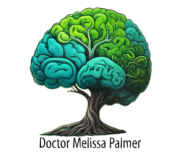Day 3: Connecting with nature to improve my wellbeing in the dark winter days by looking for berries on my Cotoneaster
This evening it was 3 degrees in my wildlife garden. I wanted to find out if the Cotoneaster had any berries left for the winter months. The video shows that there are not many left. In the late spring the Cotoneaster is full of tiny flowers and is completely covered in bees of all kinds of species. Then as the autumn arrives the flower ovaries have developed into a myriad of orange red berries. The birds love to eat them in the autumn. Our neighbours semi-tame pigeon “Noddy” was particularly enamoured with this feast. The blackbirds also love to come into the garden for the berries too.
Now, right at the start of December there are barely any berries left for the birds over the dark, cold winter months.
I have a long, narrow back garden with some trees that have berries; including hawthorn, holly, and rowan. However, these have also been eaten by the birds already. I also feed the birds in the front and back garden with sunflower hearts. I have tried a range of different foods including mixed seed, peanuts, and fat balls. Sunflower hearts attract lots of different species of bird to the both the back and the front garden.
The Cotoneaster I observed this evening has the most amazing red leaves. I walk past this plant several times a day but had not noticed in detail how fabulous the leaves look in the winter. The summer foliage is a dark green and as the autumn, gives way to winter the leaves turn red. The leaves are only tiny and to see them close up under the light of my phone this evening was really magical – I hope you enjoyed it too.
